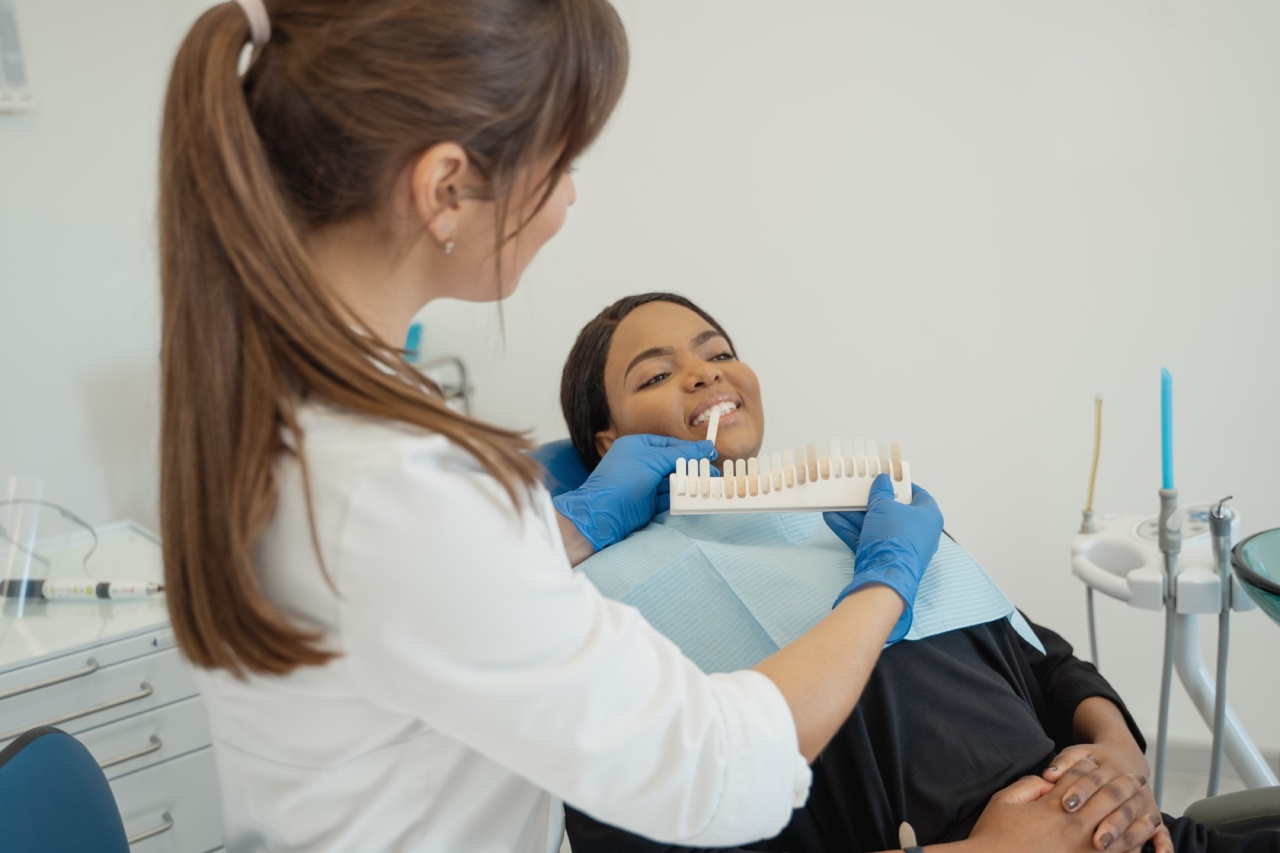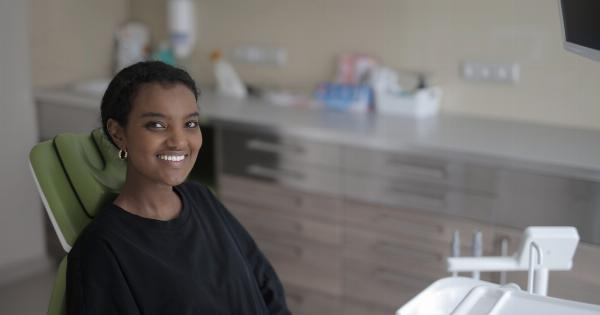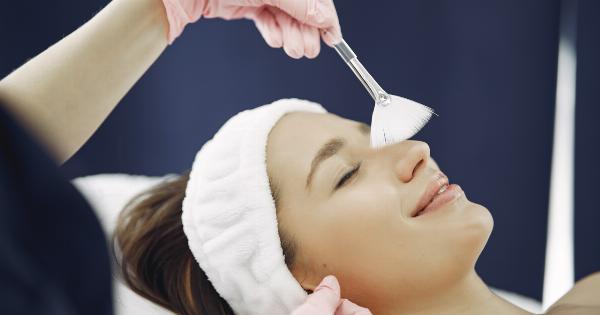Folliculitis refers to the inflammation of hair follicles, which are small openings on the skin where hair grows. This condition can occur anywhere on the body where there is hair, including the scalp, face, neck, arms, legs, and buttocks.
Folliculitis can be caused by various factors and may present with different symptoms, ranging from mild discomfort to severe infection. In this comprehensive guide, we will explore the symptoms, causes, and treatment options for folliculitis.
Symptoms of Folliculitis
The symptoms of folliculitis can vary depending on the severity and underlying cause. Common symptoms include:.
- Small red bumps or whitehead pimples around the hair follicles
- Itchy or burning skin
- Tenderness or pain in the affected area
- Pus-filled blisters that may crust over
- Clusters of small red bumps that may spread or form a rash
- Scaly or flaky skin
Causes of Folliculitis
Folliculitis can be caused by various factors, including:.
- Bacterial infection: The most common cause of folliculitis is the bacteria Staphylococcus aureus. These bacteria can enter the hair follicles and cause inflammation and infection.
- Fungal infection: Yeast or fungal infections can also lead to folliculitis. These infections are more common in warm and humid environments.
- Viral infection: Certain viral infections, such as herpes simplex virus or varicella-zoster virus, can cause folliculitis.
- Ingrown hairs: When hair follicles become blocked or twisted, they can cause ingrown hairs, leading to folliculitis.
- Friction or shaving: Irritation from tight clothing, harsh chemicals, or shaving can damage the hair follicles and result in folliculitis.
- Medical conditions: Certain medical conditions, such as diabetes, weakened immune system, or acne, can increase the risk of developing folliculitis.
Treatment Options
The treatment for folliculitis depends on the severity and underlying cause. Mild cases of folliculitis may resolve on their own without treatment, while more severe or recurrent cases may require medical intervention.
Some common treatment options include:.
1. Self-Care Measures
In mild cases, self-care measures can help alleviate symptoms and promote healing. These measures include:.
- Keeping the affected area clean by washing with gentle soap or cleanser
- Avoiding tight clothing or irritating fabrics
- Avoiding shaving the affected area until the folliculitis has resolved
- Applying warm compresses to soothe the skin and encourage drainage of pus
- Avoiding scratching or picking at the affected area to prevent further infection
2. Topical Medications
In cases where self-care measures are not effective, topical medications may be prescribed. These medications include:.
- Antibacterial creams or ointments to eliminate bacteria
- Antifungal creams or shampoos to treat fungal infections
- Topical corticosteroids to reduce inflammation and itching
3. Oral Medications
In more severe cases or when the folliculitis is caused by a bacterial infection, oral medications may be necessary. These medications include:.
- Antibiotics to kill bacteria and control infection
- Antifungal medications to treat fungal infections
- Antiviral medications to combat viral infections
4. Other Treatment Options
In certain cases, additional treatment options may be recommended by a healthcare professional. These include:.
- Drainage or removal of severely infected or persistent abscesses or boils
- Laser hair removal to prevent recurrent folliculitis in certain cases
- Intralesional corticosteroid injections for large, painful, or persistent lesions
When to Seek Medical Attention
While mild cases of folliculitis can often be managed at home, it is important to seek medical attention if:.
- The symptoms worsen or persist for more than a week
- The affected area becomes increasingly painful, swollen, or tender
- You develop a fever or other signs of infection
- The lymph nodes near the affected area become swollen
- You have underlying medical conditions that may increase the risk of complications
Prevention Tips
To reduce the risk of developing folliculitis, you can follow these preventive measures:.























